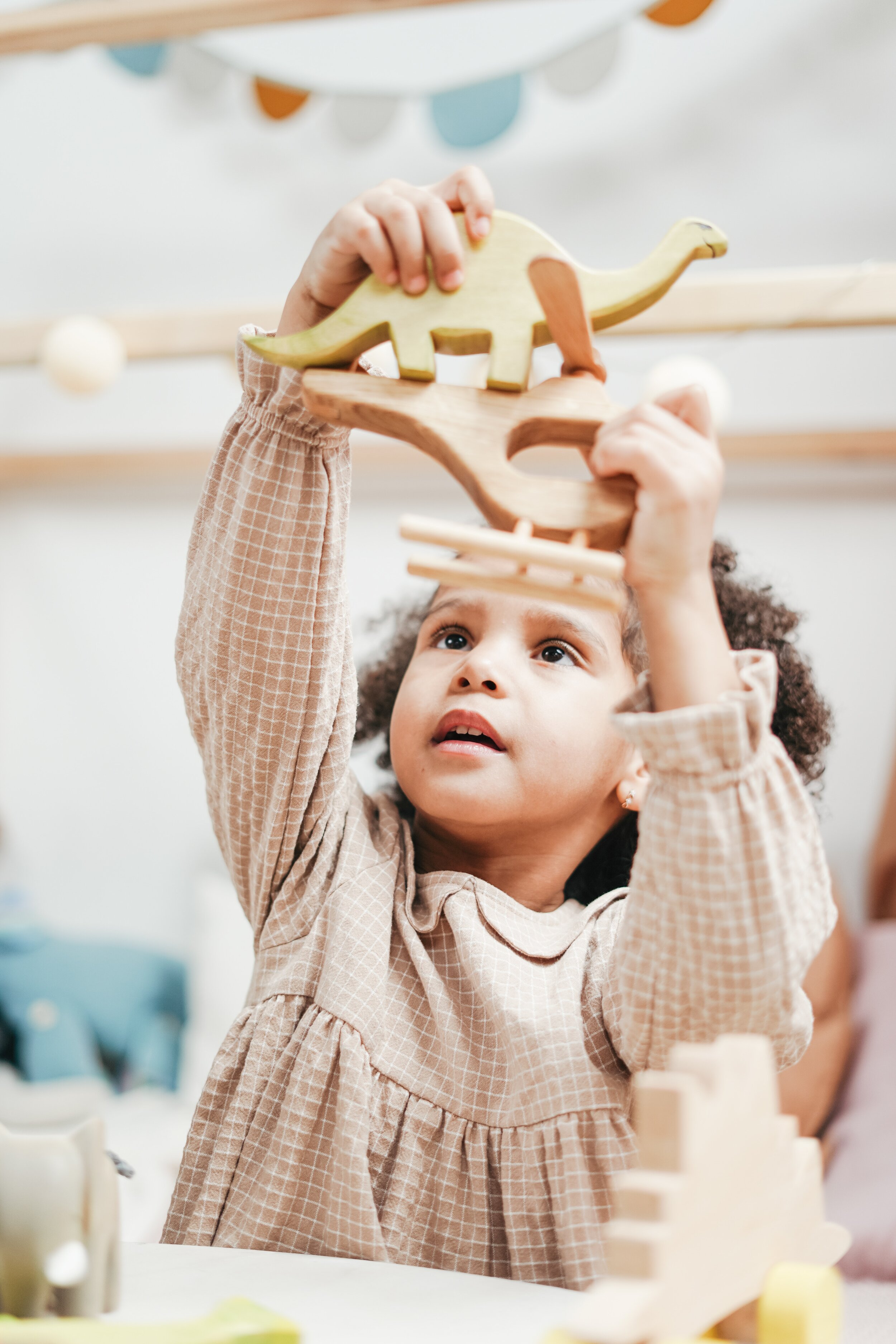27: Defining a Play Space
Note: Play Therapy Across the Lifespan is created to be heard. If you are able, we strongly encourage you to listen to the audio so that you are able to appreciate the emotion and emphasis that cannot be captured by text alone. Transcripts may contain errors and differ slightly from the audio. Please check the corresponding audio before quoting it in print.
Resources and Links:
The Art of the Relationship by Garry Landreth on Amazon: https://www.amazon.com/Play-Therapy-Book
Introduction and Prologue
I love starting a new season. We have the whole season, seven episodes, before us, and I have such an excitement about the things I get to share with you. I know we have listeners from all over the globe doing lots of different kinds of therapy that incorporates play and the expressive arts. Some of you work with the littles, some with children 10 and under, some with adolescents, some with adults, and some of you see a variety of ages of clients in your therapeutic work. In this space, there is room for all of us. So no matter how much of a play therapy purist you are – closely following one theory or model – or how integrative you are, I think you will find this season helpful and very practical.
Today I want to focus on how to define your play space. Over the course of your career, you will likely practice in a variety of settings. You may need to be mobile, taking your play space to the client. You might have a space that must be useful to both children and adults, so you need a space that welcomes both without alienating either. Sometimes, you share a space. Maybe you contract to share a private practice space a few days a week or your agency only has one designated playroom for all the therapists to share. Or perhaps you are fortunate to have your own ideal playroom where you get to make all the decisions around set up.
What do you need to know? Keep listening because that is what this season is all about.
Defining a Play Space
I mentioned in the introduction a variety of kinds of setups that your play space might have. I like to use the phrase “play space” because sometimes you don’t have the luxury of an entire room devoted to play. If you are mobile, you might designate your therapeutic space with a blanket or towel, and your toys might be sorted into clear containers that can quickly be set out but don’t require a full set up. If your space needs to also be ready for traditional talk therapy with adults, you might keep all the kid-friendly toys stored in bins that can be tucked out of sight for adult clients while easily pulled out for use with children you work with. Or, you might make an intentional decision to create a playful space that encourages those adults to be more expressive.
The first thing I would encourage you to consider is the function of the space. What do you and your clients need? What happens in that space? Therapy, of course, but do you also have parent consultations? Do you do your admin tasks in that space, like progress notes and treatment plans? Is this also your personal space when you don’t have a client scheduled? Each of those activities requires different materials and maybe a different kind of headspace.
Next, what do you want the space to feel like? Do you want the space to suggest fun and active… quiet and safe… expressive or calming? If you have a lot of children who struggle with impulsivity or those on the autism spectrum, you probably do not want to have an overstimulating environment screaming bright colors and motion. Remember that you are likely to be spending a substantial number of hours in this space, too. What would you like it to feel like for you?
The third thing to consider is the environment. Think about each of your senses and how they are greeted in your play space. What do you see? What do you hear? What kind of textures and smells are part of the space. Carefully consider how or if you want to offer things like gum or candy in your space. Some people like to have a candy dish of soothing peppermints, and some practitioners dislike the distraction that candy can sometimes bring. There are lots of great options that can create inviting and healing spaces, just make those decisions on purpose.
Interview with Dr. Kasie Lee
[The interview portion of this episode was not transcribed. To listen to the interview click the episode link at the top of the page.]
Conclusion
When defining your play space, think about the function of the space, the feeling you want in the space, and how the environment greets your clients’ senses. Also, think about what it will be like for you to spend a lot of hours in that space. In the upcoming podcasts, we’ll talk about setting up your playroom, funding it, how to select your toys and tools, organizing it and we’ll even cover ethics this season. So, if you want to make sure you get all that, plus the wisdom and experience of Dr. Kasie Lee, please subscribe to the podcast. Season 5 is going to be great!
I want to thank you all for spending time with me, especially those of you in other countries. I’ve been surprised that this podcast is charting in so many countries outside of the United States. I feel fortunate to have a great network of play therapy students and supervisors around me, and I’m honored to be able to share some of that. We are so much better together, so I’m grateful to have all of you in this community.





